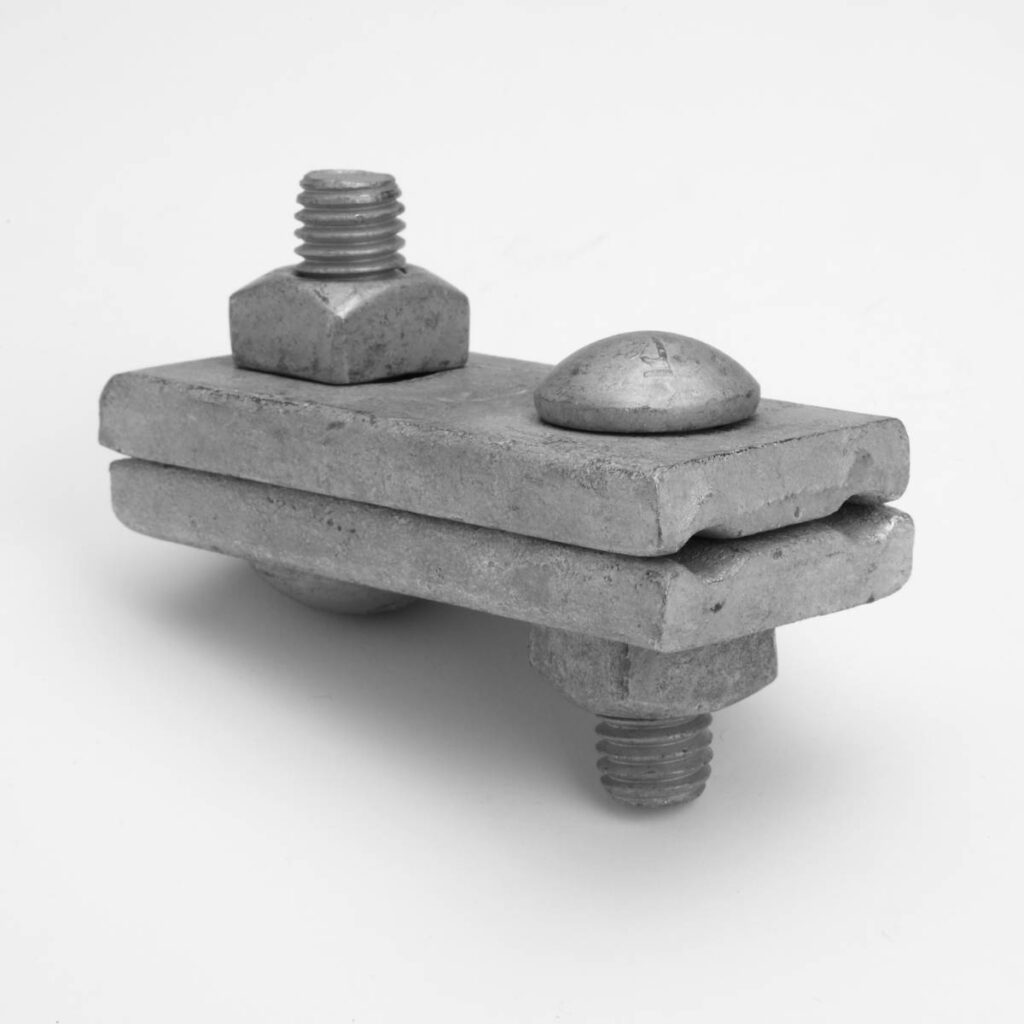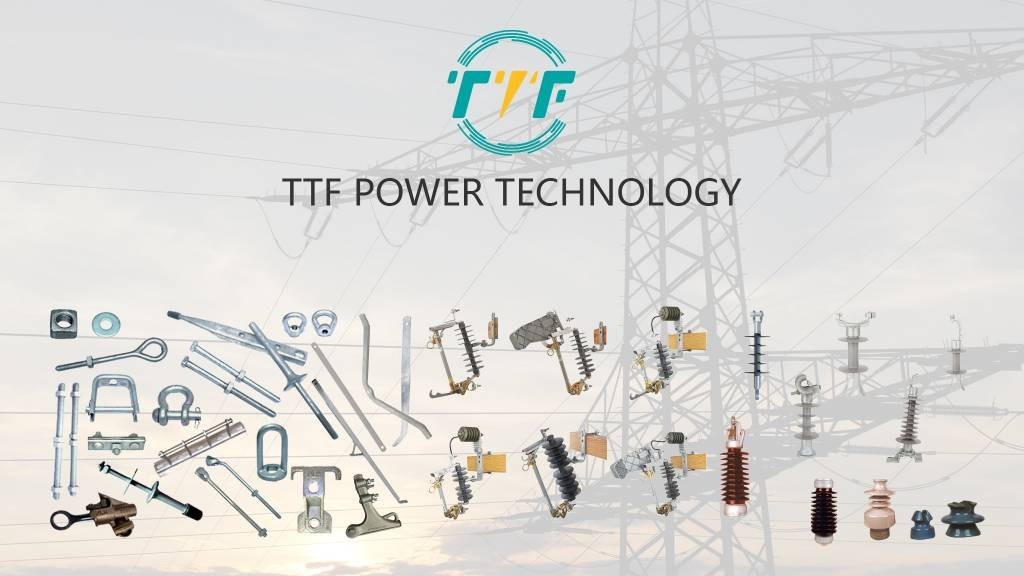
Venezuela’s outdated infrastructure leads to regular power outages and crises. The reliance on hydropower, which makes up 60% of the electricity supply, also leads to a power crisis. Hydroelectric energy production has decreased by 40% since 2020 because of extended drought and deteriorating infrastructure. This also requires greater investments in turbine upgrades after the failure of the Guri Dam. The nation’s power crisis has led to more frequent power cuts, with certain areas facing blackouts that last around 12 hours daily. The power crisis stems from economic collapse, political instability, weak infrastructure, and environmental susceptibility. The nation needs to embrace sustainable investments, systemic changes, and strategic infrastructure reforms. The application of guy clamps in guy wires assists in mitigating wind, seismic forces, and tension in conductors.
In Venezuela, where power outages are frequent due to aging and poorly maintained transmission networks, guy clamps help improve grid reliability and help mitigate the power crisis. Proper tensioning prevents power lines from sagging or snapping during extreme weather. Guy clamps reinforce weak points and prevent collapses causing outages. Guy clamps ensure stability in rugged terrain, especially when installing new transmission lines. They also allow maintenance crews to replace damaged guy wires to reduce downtime. Their proper use ensures grid reliability but also needs modern conductors, smart grid tech, and renewable energy integration. Using the clamps in Venezuela’s grid helps reduce blackouts, strengthen weak grids, and lower maintenance costs.
Guy clamps down on reducing Venezuela’s power crisis.
A guy clamp is a mechanical device used to secure guy wires that stabilize utility poles, transmission towers, and other structures. Guy clamps contribute to improving grid reliability and supporting the technologies used to reduce outages. This is crucial in Venezuela’s power crisis driven by poor maintenance, aging infrastructure, and environmental challenges. The clamps provide stable terminations for power lines to ensure electrical continuity and mechanical strength at critical points. Proper use in overhead line construction and maintenance supports efforts to reduce outages. Here are the functions of guy clamps in reducing the power crisis in Venezuela.

- Structural stability for transmission poles—guy clamps anchor guy wires to utility poles or towers. Guy wires counterbalance the lateral forces exerted by conductors, wind, or uneven terrain. Guy clamps help prevent tilting, collapse, or sagging of poles.
- Support in high-wind zones—Guy clamps enhance the resilience of transmission structures. This is done by maintaining proper tension in guy wires to reduce the risk of structural failure during natural events.
- Enabling grid expansion—Venezuela is expanding its distributed generation and microgrid systems to reduce dependence on centralized power. Guy clamps set up in rural areas to help stabilize new infrastructure during the transition.
- Reducing line failure and power loss—guy clamps keep the mechanical structure aligned, reduce mechanical stress, and reduce risks leading to outages. They prevent conductor tension and pole imbalance that can lead to sagging, arcing, or line snapping.
- Renewable energy integration—guy clamps serve in the infrastructure supporting renewable integration. This helps ensure the safe and steady operation of poles and masts carrying new conductors.
Strategies to prevent power crisis in Venezuela
Venezuela’s unstable grid, overreliance on hydropower, decaying infrastructure and political mismanagement causes recurring blackouts. Over the years, there have been mitigation strategies to stabilize and improve the national electricity system. These measures provide a hope for reducing the frequency and severity of power outages. These measures include:

- Infrastructure and component upgrades – the industry focuses on repairing and reinforcing the nation grid. This is by replacing aging components such as transformers, insulators, deadend clamps, and conductors.
- Diversification of energy sources – the country is working to reduce its dependence on the Guri hydroelectric plant. This is mostly through solar panel installations, exploring wind energy potential, and revival of thermoelectric plants to balance generation.
- Load management programs – the government and power companies have introduced rotational blackouts, time-of-use tariffs, and public awareness campaigns.
- Decentralized and off-grid solutions – creating localized power systems reduces dependence on the fragile national grid. These systems include microgrids powered by solar, battery storage systems, and distributed energy generation.
- International partnerships and technical help – Venezuela have sought support from allies and international organization to improve its energy systems. These partnerships include technical help, discussions with multilateral development agencies, and joint ventures for importing energy equipment.